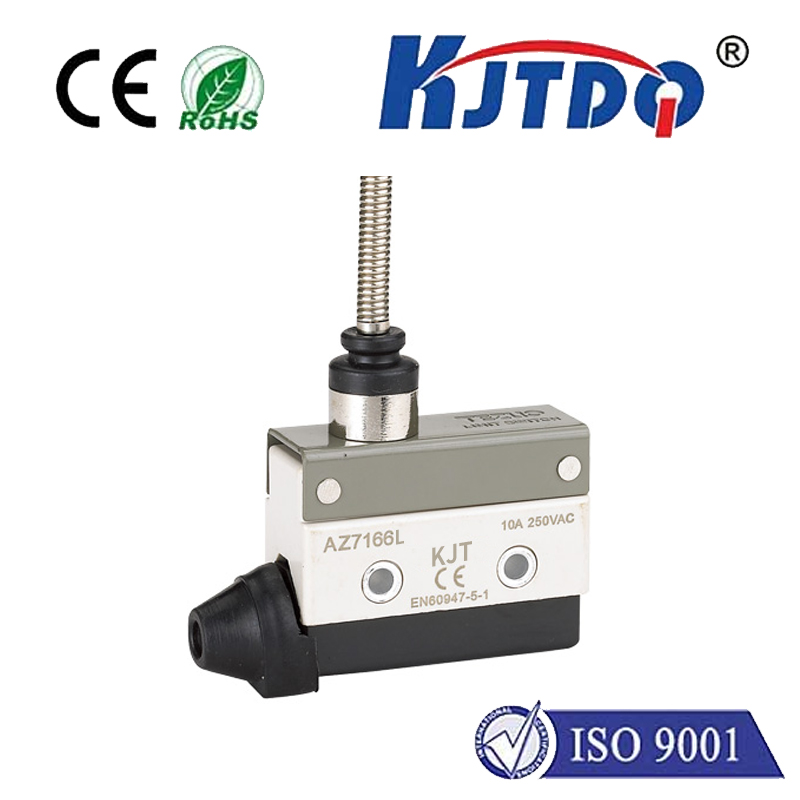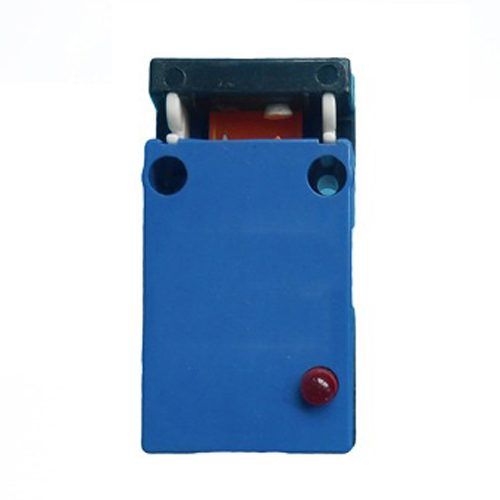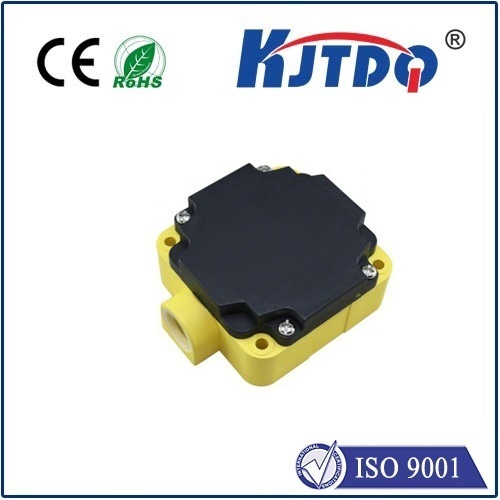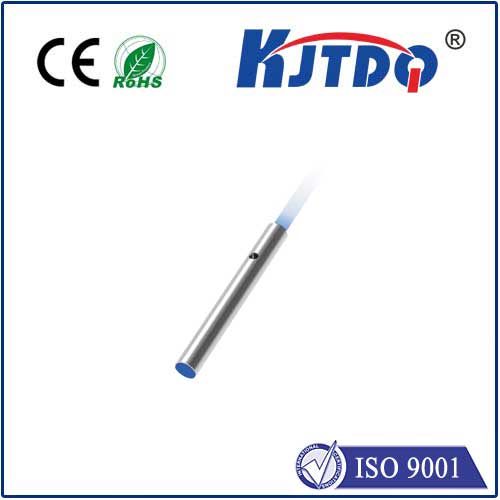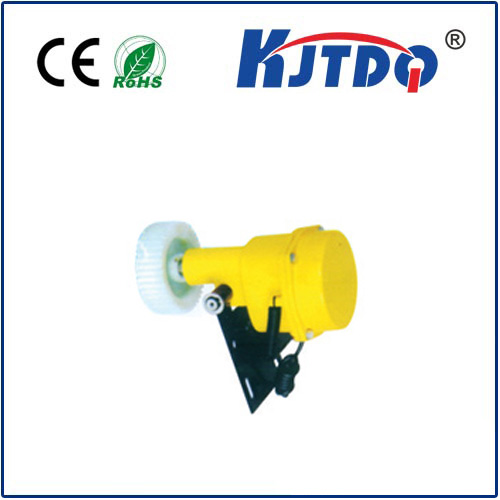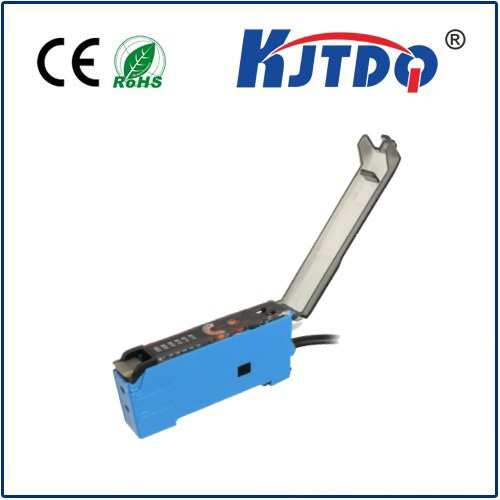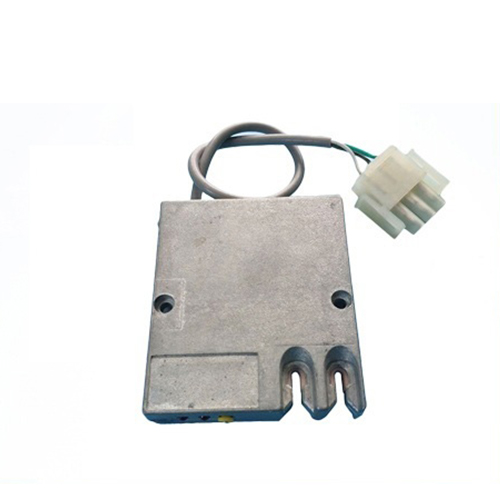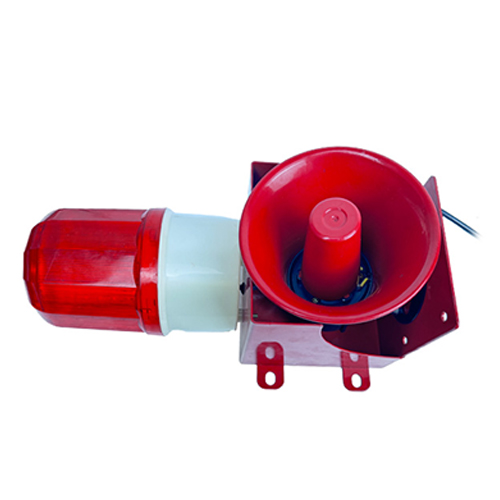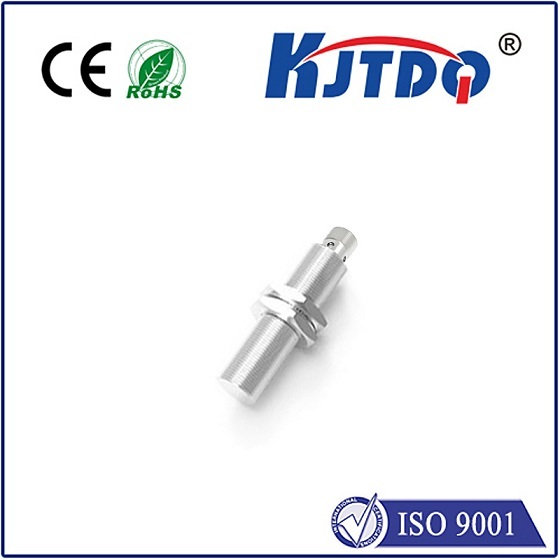temperature control sensor
- time:2025-08-23 04:10:13
- Click:0
Temperature Control Sensors: The Unsung Heroes of Precision & Safety
In a world increasingly defined by technological nuance and environmental demands, an invisible force works tirelessly to maintain order: the temperature control sensor. These unassuming components are the vigilant eyes and ears of countless systems, silently ensuring our food stays fresh, medicines remain potent, machinery operates efficiently, and our living spaces stay comfortable. Without them, modern life as we know it would falter, succumbing to spoilage, inefficiency, and even danger. This article delves into the critical role these sensors play and why choosing the right one is paramount.
Decoding the Core Function: From Sensing to Control
At its heart, a temperature control sensor is a transducer. It converts the physical phenomenon of temperature into an electrical signal – a language that control systems can understand. This signal becomes the crucial data point in a continuous feedback loop:
- Sensing: The sensor measures the current temperature of the environment (air, liquid, surface) it monitors.
- Transmission: The sensor sends an electrical signal (voltage, resistance, current, digital data) proportional to the measured temperature to a controller.
- Comparison: The controller compares this actual reading to a desired setpoint programmed by the user or system.
- Decision & Action: If the actual temperature deviates from the setpoint, the controller sends a command to an actuator (like a heater, cooler, valve, or fan) to correct the situation.
- Repeat: The sensor continuously monitors the result of this action, feeding new data back to the controller, closing the loop and ensuring sustained temperature regulation.
The Sensor Toolkit: Different Tools for Different Tasks

Choosing the right temperature sensor type is crucial for effective control. Each technology offers distinct advantages:
- Thermocouples: Rugged, relatively inexpensive, capable of measuring very high temperatures (up to thousands of °C). They work based on the Seebeck effect, generating a small voltage proportional to the temperature difference between two different metal junctions. Ideal for harsh industrial environments like furnaces.
- Resistance Temperature Detectors (RTDs): Known for excellent accuracy and stability over a wide range. They operate on the principle that the electrical resistance of pure metals (like platinum) increases predictably with temperature. Preferred in laboratories, pharmaceutical processes, and HVAC systems where precision is critical.
- Thermistors: Offer high sensitivity within a limited temperature range. There are two main types:
- NTC Thermistors (Negative Temperature Coefficient): Resistance decreases significantly as temperature rises. Excellent for detecting small temperature changes, commonly used in appliances, battery packs, and medical thermometers.
- PTC Thermistors (Positive Temperature Coefficient): Resistance increases dramatically at a specific temperature. Often used as self-resetting overcurrent protectors or in specific heating elements.
- Semiconductor/IC Sensors: Integrated circuits providing digital or analog outputs. They offer ease of integration, linearity, and often include signal conditioning within the chip. Widely used in consumer electronics, automotive systems, and environmental monitoring.
Where Precision Matters: Critical Applications
Temperature control sensors form the backbone of precision and safety across incredibly diverse sectors:
- Industrial Automation & Process Control: Maintaining exact temperatures in chemical reactions, food pasteurization, plastic molding, and metal treatment processes is vital for product quality, yield, and safety. Calibration drift must be minimized.
- HVAC & Building Management: Ensuring occupant comfort and optimizing energy consumption relies on sensors accurately monitoring air and water temperatures throughout heating, ventilation, and air conditioning systems.
- Medical & Healthcare: From refrigerating life-saving vaccines and blood products within strict cold chain requirements to monitoring patient body temperature and controlling sterilization autoclaves, sensor accuracy is non-negotiable. Validation protocols are stringent.
- Automotive: Modern engines demand precise temperature monitoring for optimal combustion, emissions control, and component longevity. Sensors manage cabin climate control and monitor critical systems like batteries (especially EVs) and transmissions.
- Food & Beverage: Ensuring food safety and compliance with HACCP standards requires rigorous temperature monitoring solutions during storage, transportation, cooking, and cooling.
- Consumer Electronics: Preventing overheating in laptops, smartphones, and gaming consoles protects components and users. Smart appliances (ovens, refrigerators, coffee makers) depend on sensors for optimal function.
- Energy & Power Generation: Monitoring turbine temperatures, transformer oil, and coolant loops in power plants is essential for efficiency and preventing catastrophic failure.
Selecting the Right Sensor: Beyond the Basics
Choosing a temperature control sensor involves more than just picking a type. Consider these vital factors:
- Temperature Range: The sensor must reliably operate within the minimum and maximum temperatures of the application.
- Accuracy and Stability: How close must the reading be to the actual temperature? How much does it drift over time or after exposure to extreme conditions? NIST-traceable calibration is key for critical applications.
- Response Time: How quickly must the sensor detect a temperature change? A probe immersed in liquid responds faster than one sensing air temperature.
- Environment: Is it exposed to moisture, chemicals, vibration, pressure, or electrical noise? Ruggedization and appropriate packaging (probes, housings) are essential.
- Output Signal: Does the system require analog (mV, mA), digital (I2C, SPI), or resistance output? Compatibility with the controller is paramount.
- Cost & Lifespan: Balancing performance requirements with budget constraints and expected operational life.
The Future of Sensing: Smarter Control
The evolution of temperature monitoring solutions is intertwined with broader technological trends. Increased integration of wireless connectivity (IoT) enables remote monitoring and data logging across vast facilities. Smart sensors with onboard diagnostics predict maintenance needs before failure. Advancements in materials science promise sensors for even more extreme environments. The core principle remains unchanged: acquiring accurate, reliable temperature data is the indispensable first step in any effective temperature control system.
From the coffee brewing perfectly on your countertop to the complex reactions synthesizing life-changing pharmaceuticals, temperature control sensors work silently in the background. They are fundamental to efficiency, quality, safety, and innovation across the globe, proving that true control often starts with simply, yet precisely, sensing the heat.












